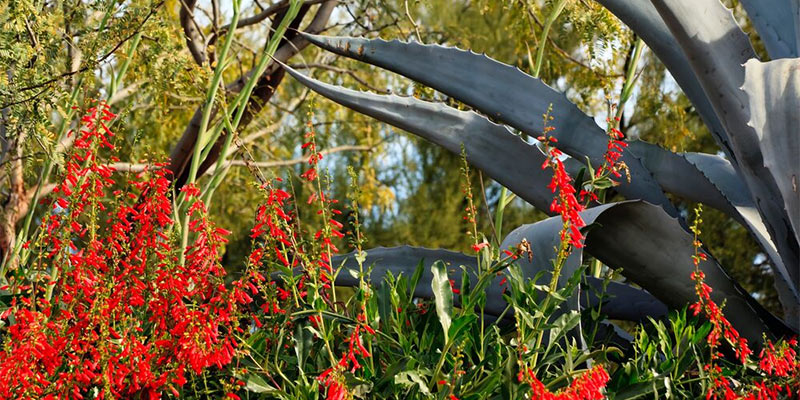
If you haven’t heard of this trend in gardening and landscaping, its not surprising. The term has been coined in the 1980s, whereas the concept exists since the 1970s. It hasn’t become universally popular yet, but it is gaining some traction, particularly in drier climates, such as southern California.
In a nutshell, xeriscaping is a form of landscaping which reduces the need for additional watering or even eliminates it altogether. Even though it may sound appealing, you should learn a bit more about it before you decide to implement it on your own property. In fact, you should consider several things before you do any major works on your property. Heres a useful article which goes through the most important steps https://ralcolandscapes.com/before-backyard-landscape-design-san-diego/.
Name
The name xeriscaping comes from the Greek word xeros meaning dry. However, many people have only heard it spoken, so there are similar terms which people use like zeroscaping. Interestingly enough, zero-scaping is a kind of landscaping which does not use any plants or uses very few.
Why Is It Suited for Southern California?
Southern California has experienced numerous droughts and is constantly battling water shortages. Using large quantities of water to keep your lawn green and lush is considered the irresponsible use of water. On the other hand, nobody wants their lawn to look baked and scorched.
Landscaping which is done by xeriscaping standards uses as much as 60% less water than a regular landscaping would. The maintenance cost and requirements are also greatly reduced. Xeriscaping uses a variety of plants which are well-suited to a life in water-scarce environments. These plants typically require less fertilizer, less equipment and do not produce as much waste as a regular lawn.
Somewhat Negative Image of Xeriscaping
Many people imagine a wasteland-like scenario when picturing a xeriscaped property. A lot of rocks and a few scorched cacti is the most common image. Thats why xeriscaping has not taken off as well as expected.
However, as people learn what it actually includes, their attitude towards xeriscaping changes. Plants which are native to drier regions do not need to be prickly and homely. There are numerous arid and semi-arid region plants which are beautiful and often used in gardening.
What Does Xeriscaping Include?
There are several key methods that xeriscaping can reduce the cost and water needs of your backyard.
Drought-Resistant Plants– we already mentioned this key method; drought-resistant plants are important because they need very little irrigation, or none at all because they are experts at retaining rain water and other water sources.
Careful Planning– professional landscaper can ensure that your back yard is perfectly suited for water retention to help the plants in this respect. Things like adding rocks or clay are just some of the things that good landscapers use to improve your water retention.
Improving the Soil Quality– you want your soil to be ideal for xeriscaping, it should have a high content of organic material. A simple way to make your soil appropriate is to mulch it. Add plenty of organic material such as leaves and cut grass into your soil. That way, it will both let water seep through and keep it safe from evaporation so that the plants can use it.
Irrigate Wisely– make sure that you put plants with similar water and environment requirements close together. This way, you can irrigate those areas which need it the most without expending exuberant amounts of water.
Even though you could create your own xeriscaping project by yourself, some aspects of it are really best left to professionals. Find landscaping companies that have done this kind of work before to be sure you’ll get good value for your money.
To contact RALCO Landscapes & Maintenance
3443 Camino del Rio S #222, San Diego, CA 92108, USA
619-259-5553
